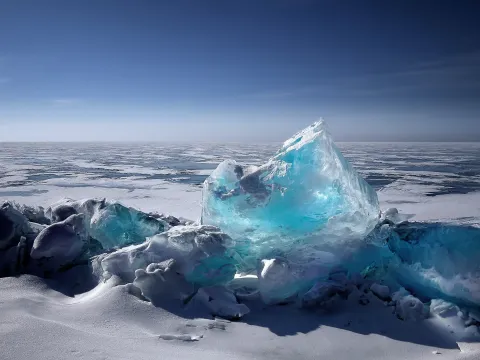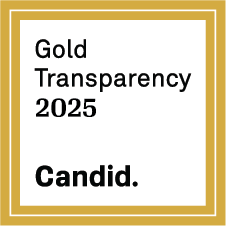Active banners: 1 Visible banners: 1
Banner ID: 25 Has content: true
Join us for the Teaching Economics through Climate – The Snowmobile Business Plan - January 13, 2026 4-5pm ET
Feedback Loops - Albedo
Provided by: Climate Emergency: Feedback Loops |Published on: June 15, 2022
Videos
9101112
Synopsis
- This video describes the feedback loops related to arctic sea ice, the loss of the albedo effect, and sea level rise.
- Students will learn that ice and snow at the poles reflect heat from the sun in a phenomenon called the albedo effect. As global temperatures rise and snow and ice melt, less heat can be reflected away from Earth causing more ice to melt and ocean waters to warm.
- Warmer water triggers a second feedback loop in which sea levels rise due to the melting of ice at the poles. As more land ice turns into water, the sea level rises, which causes more ice to melt.

Subjects: Earth and Space Sciences
Authors: Bonnie Waltch, Susan Gray
Region: Polar Regions, Global
Languages: English
Teaching Materials
Positives
- The video provides diagrams and visuals to support understanding.
- The video provides subtitles in 25 languages.
Additional Prerequisites
- This video does not explain what a feedback loop is, so teachers may want to show students this introduction video on feedback loops.
- The concept of chain reactions, feedback loops, and tipping points can be abstract and difficult for students to grasp. Consider discussing these terms before viewing the video and providing some simple examples to aid understanding.
Differentiation
- Consider having students copy the feedback loop diagrams from the video, or create their own to support understanding.
- This topic can be emotionally challenging for students to learn about. Teachers should plan to provide support and options for students to take action for the climate so they do not feel powerless in the face of this global issue.
- Students are more likely to understand the concept of albedo and feedback loops by investigating a model or experiencing this effect through observation. Consider pairing this resource with this lab or with this experiment about the albedo effect.
Scientist Notes
Teaching Tips
Standards
Resource Type and Format
About the Partner Provider

Climate Emergency: Feedback Loops
While most people have heard of global warming, few understand environmental feedback loops, which are amplifying and accelerating the process. In Climate Emergency: Feedback Loops, a series of five short films ranging from 8-14 minutes, 12 climate scientists explain how warming caused by human activity is setting in motion Earth’s own natural mechanisms, releasing additional greenhouse gases into the atmosphere and further heating up the planet. Out of dozens of environmental feedback loops, Climate Emergency: Feedback Loops focuses on four areas, explaining how warming in forests, permafrost, the atmosphere, and the poles work together to accelerate warming cycles.
All resources can be used for your educational purposes with proper attribution to the content provider.



